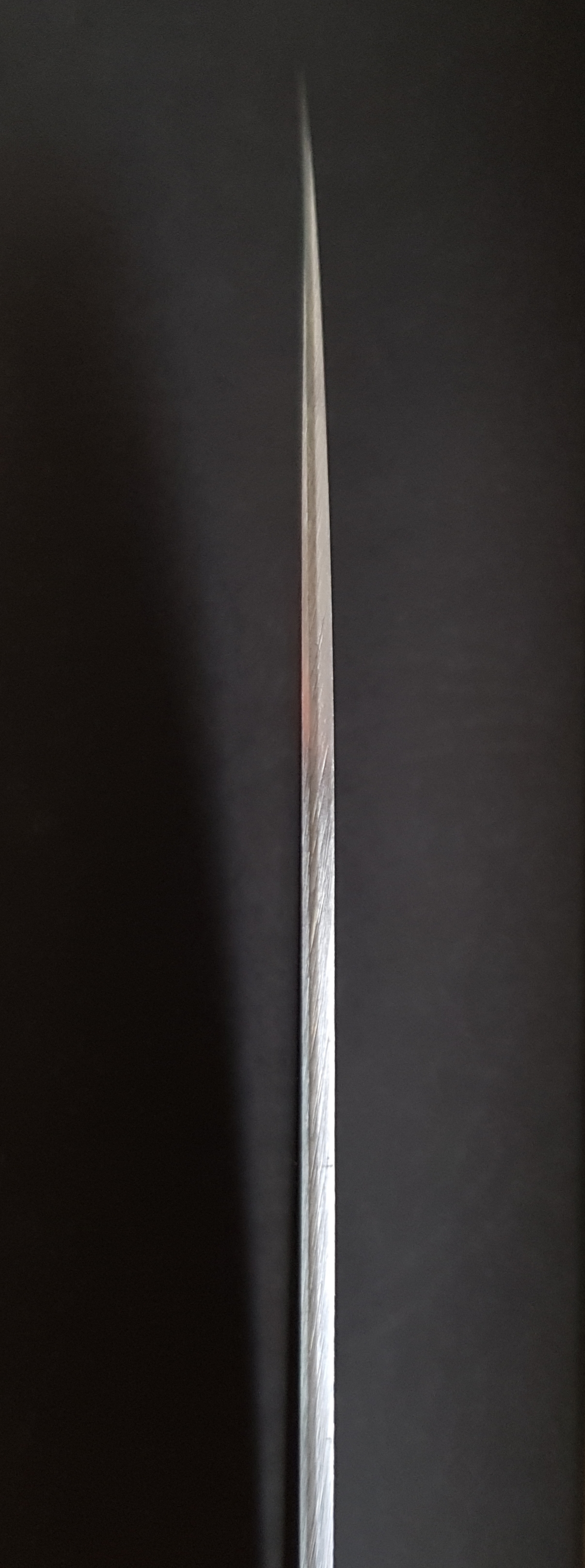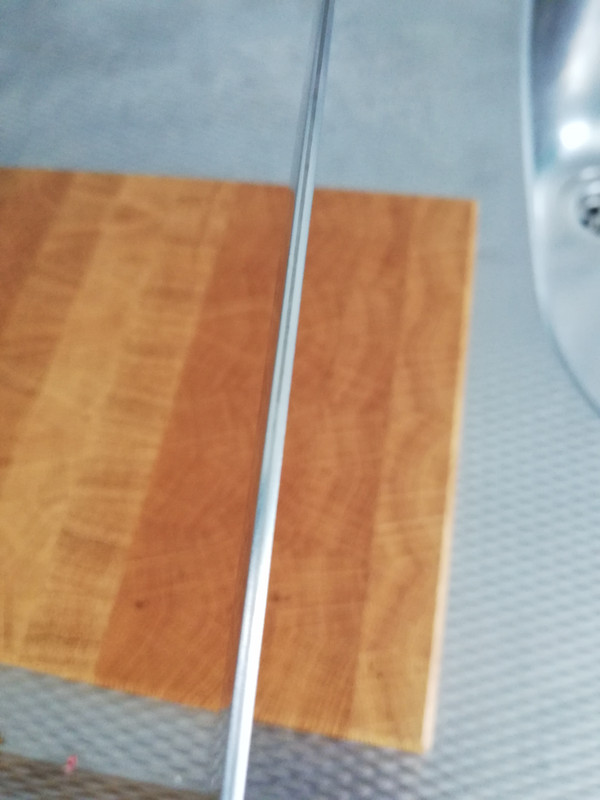Long story cut short - I've lived with a set of Mundial knives (CroMo steel) for 12 years and in that time have used two guided systems to sharpen - a cheap EdgePro Apex knock-off and more recently a nice Hapstone M2 system. For both, I was using genuine Edge Pro stones (400 & 1000 grit) exactly like these ones;
https://www.edgeproinc.com/sharpeni...s/1000-grit-mounted-sharpening-stone-p17.html
All well and good.
I've now got a nice j-knife from JCK, which is stainless-clad AS steel - this one https://japanesechefsknife.com/products/jck-natures-deep-impact-series-gyuto-180mm-to-240mm-3-sizes
I've only had it a couple of weeks and it definitely doesn't need a touch-up yet, but when it does I'm unsure if the Hapstone system will be OK, or if I need a dedicated whetstone.
And if I do, which one if limited to a ~$ 100AUD budget?
For reference, $100AUD would get me a Suehiro/Cerax CR3800 (1000&3000 combo stone) or a King Hyper 1000 or Shapton Pro 1000.
Looking for any and all advise & recommendations (if a new stone is a must).
https://www.edgeproinc.com/sharpeni...s/1000-grit-mounted-sharpening-stone-p17.html
All well and good.
I've now got a nice j-knife from JCK, which is stainless-clad AS steel - this one https://japanesechefsknife.com/products/jck-natures-deep-impact-series-gyuto-180mm-to-240mm-3-sizes
I've only had it a couple of weeks and it definitely doesn't need a touch-up yet, but when it does I'm unsure if the Hapstone system will be OK, or if I need a dedicated whetstone.
And if I do, which one if limited to a ~$ 100AUD budget?
For reference, $100AUD would get me a Suehiro/Cerax CR3800 (1000&3000 combo stone) or a King Hyper 1000 or Shapton Pro 1000.
Looking for any and all advise & recommendations (if a new stone is a must).






